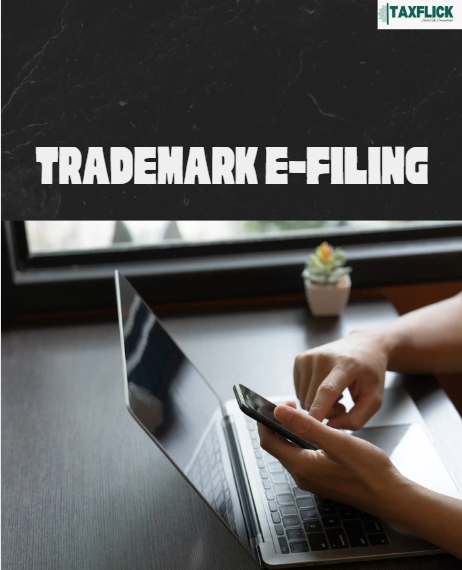Compliance audit
Compliance Audit Meaning
Compliance audit refers to a formal examination that evaluates if an organization is conforming to external laws, internal policies, rules, or contractual requirements. The meaning of compliance audit is more about ensuring that everything and every process goes in line with the set standards of a specific industry or regulatory body. It is usually implemented in highly regulated industries such as finance, healthcare, education, and technology.
Compliance Audit Guidelines
Organizations adhere to certain compliance audit procedures depending on the regulatory law governing their industry. These procedures are normally in the form of guidelines published by regulatory authorities or internal compliance divisions. These guidelines generally define the scope, frequency, and procedures for conducting audits. Some of these include SEBI guidelines for financial institutions, HIPAA guidelines for healthcare, or ISO guidelines for quality control.
Compliance Audit Procedures
The compliance audit procedures involve a number of well-structured steps in order to ensure objectivity and accuracy:
Planning – Determining audit scope and purpose.
Document Review – Review of internal policies, rules, and prior audits.
Interviews – Interacting with employees to gauge ground realities.
Testing – Checking if policies are being implemented in real-time.
Reporting – Preparing findings and proposing remedies.
These steps could differ based on the organization and regulatory needs, but the core is about collecting and analyzing evidence for ensuring compliance with standards.
Compliance Audit Checklist
A checklist in compliance audit ensures that the auditor is covering all risk and compliance areas. It encompasses:
Company policies and procedures
Legal and regulatory compliance
Employee training and awareness
IT and data protection controls
Financial and tax compliance
Safety and environmental guidelines
With a checklist, thoroughness is assured and helps auditors identify gaps and areas of non-compliance efficiently.
Compliance Audit Report
The ultimate output is the report on compliance audit, which summarizes the findings of the audit, the areas of non-compliance, if any, and remediation recommendations. It is usually provided to the executive management or regulatory body. It turns into an integral document for follow-up and legal defense and increases the transparency in the organization as well.
Explain Escalation Matrix in Audit Compliance
Where there is evidence of non-compliance, auditors have the responsibility to outline escalation matrix in audit compliance. This is a clearly defined process for escalating the issue to the responsible level of authority. For instance, when a department head does not address the problem, it can be escalated to the compliance officer, and subsequently to the board. The matrix prevents delayed resolution, ensures accountability, and proper recording of action taken.
Audit and Compliance Jobs
The escalation of regulatory compliance has given rise to many audit and compliance careers in various sectors. They consist of internal/external audits, continuous compliance standard adherence, preparation of audit reports, and risk mitigation assistance. Jobs like compliance analysts, auditors, and risk officers are very much in demand, particularly in finance, healthcare, and technology.
Conclusion
A compliance audit is crucial for companies to prevent legal liabilities, build trust, and ensure operational integrity. Compliance audit procedures, a compliance audit checklist, and compliance audit guidelines ensure that the practices adhere to specified standards. Properly prepared compliance audit reports and well-structured escalation frameworks ensure control and governance and make compliance audits an integral part of corporate accountability.






